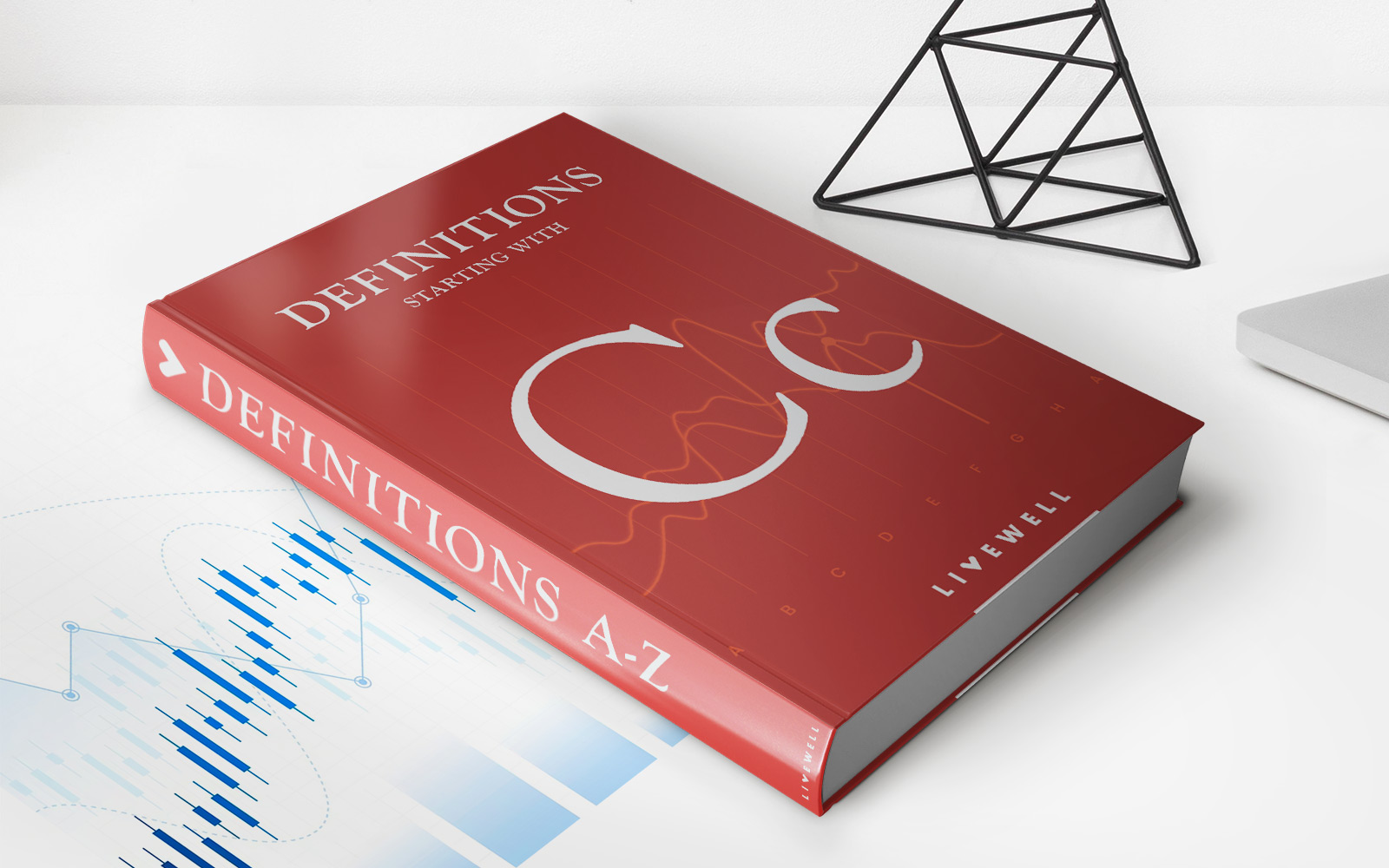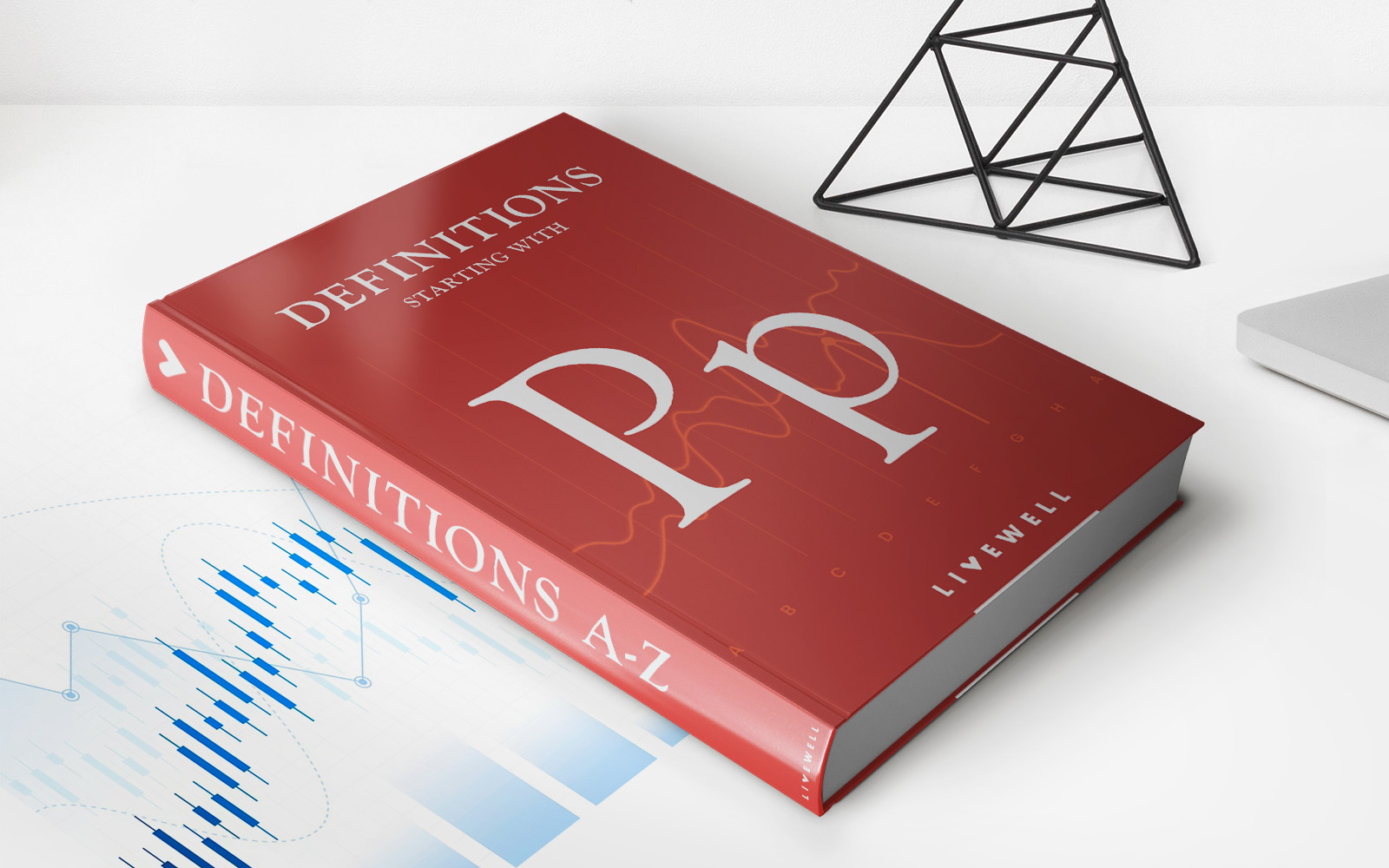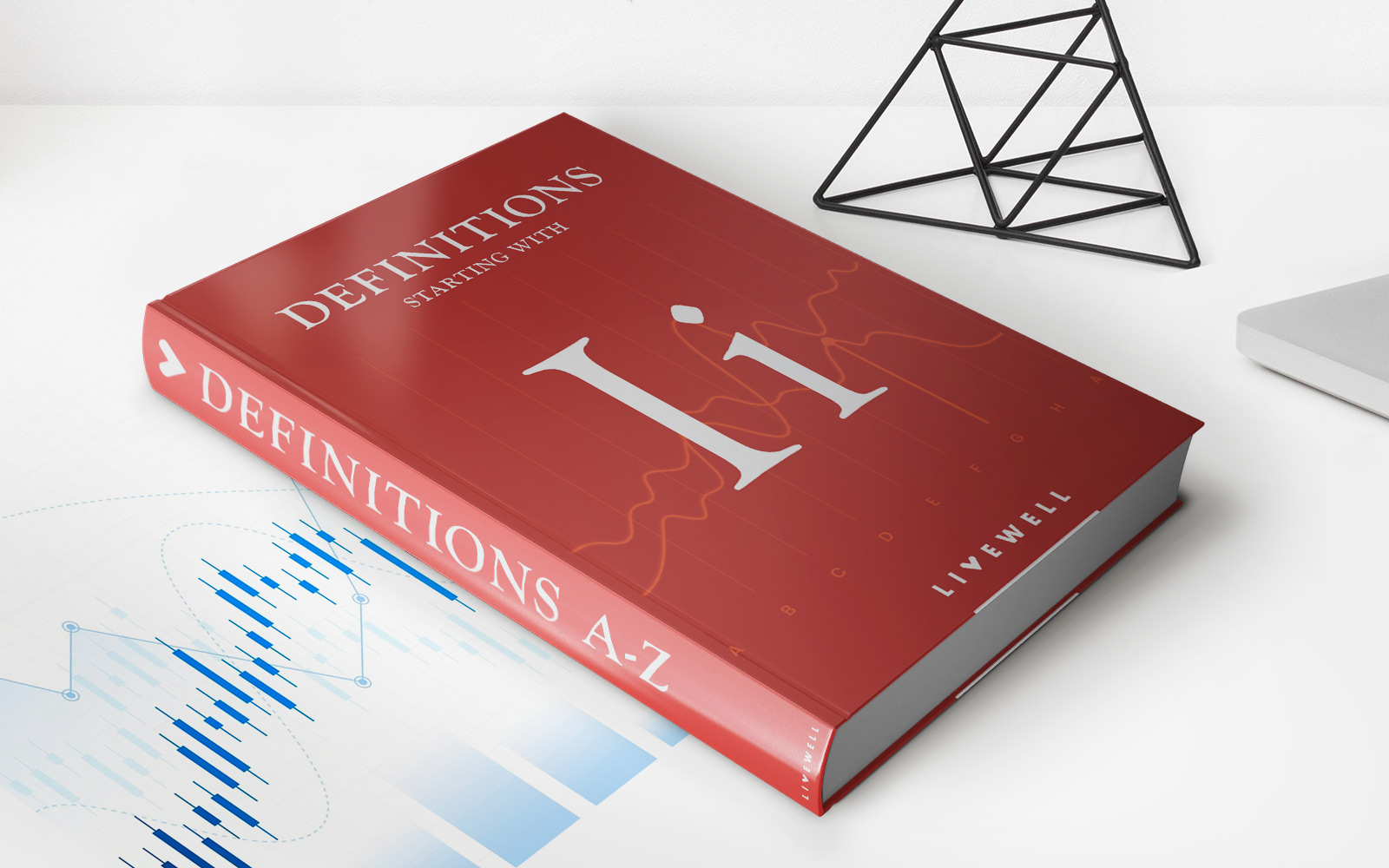Home>Finance>Open-End Credit: Definition, How It Works, Vs. Closed-End Credit


Finance
Open-End Credit: Definition, How It Works, Vs. Closed-End Credit
Modified: March 5, 2024
Learn the difference between open-end credit and closed-end credit in finance. Discover how they work and their definitions.
(Many of the links in this article redirect to a specific reviewed product. Your purchase of these products through affiliate links helps to generate commission for LiveWell, at no extra cost. Learn more)
Understanding Open-End Credit and Its Differences from Closed-End Credit
When it comes to managing our finances effectively, it’s crucial to have a clear understanding of the different types of credit available to us. One common category is open-end credit, which is often compared to closed-end credit. In this article, we’ll dive into the definition of open-end credit, how it works, and how it differs from closed-end credit. So, let’s get started!
Key Takeaways:
- Open-end credit is a flexible form of credit that allows individuals to borrow money up to a pre-set limit, with the option to repay and borrow again.
- Closed-end credit, on the other hand, is a fixed-term loan that is repaid in equal installments over a specified period.
What is Open-End Credit?
Open-end credit is a type of revolving credit that provides individuals with a predefined credit limit that can be utilized multiple times without the need for reapplying for the loan. This form of credit is commonly associated with credit cards and lines of credit.
With open-end credit, borrowers have the flexibility to make purchases or cash withdrawals within their credit limit. The amount borrowed can be repaid in full or over time by making minimum payments each month, depending on the terms and conditions set by the lender.
One of the key advantages of open-end credit is that borrowers have the option to reuse the credit as long as they remain within the prescribed credit limit. This provides a level of financial flexibility that can be invaluable during emergencies or unexpected expenses.
How Does Open-End Credit Work?
When an individual applies for open-end credit, the lender assesses their creditworthiness and establishes a maximum credit limit. Once approved, the borrower can use the credit up to the specified limit whenever and wherever the credit is accepted. The borrower is then responsible for making timely payments on the outstanding balance.
Unlike closed-end credit, which has a fixed repayment period, open-end credit allows borrowers to make minimum payments based on a percentage of the outstanding balance. This minimum payment may vary based on the terms and conditions set by the lender. However, it’s important to note that making only the minimum payment can lead to paying more in interest over time, so it’s advisable to pay off the balance as soon as possible.
Open-End Credit vs. Closed-End Credit
Open-end credit and closed-end credit differ in several key ways:
- Revolving Nature: Open-end credit is revolving, meaning that borrowers can use the credit repeatedly, whereas closed-end credit is non-revolving, with a fixed repayment period.
- Flexibility: Open-end credit offers more flexibility in terms of borrowing and repayment, while closed-end credit provides a more structured repayment plan.
- Use Cases: Open-end credit, such as credit cards, is ideal for day-to-day purchases and emergencies, while closed-end credit, such as personal loans or car loans, is typically used for specific purposes like financing large purchases or consolidating debt.
- Interest Rates: Interest rates on open-end credit, including credit cards, can be higher compared to closed-end credit loans due to the added flexibility and potential risks for lenders.
Understanding the differences between open-end credit and closed-end credit is crucial for making informed financial decisions. By knowing which type of credit suits your needs best, you can effectively manage your borrowing and repayment strategies to maintain a healthy financial profile.
Remember, responsible credit usage is key, regardless of the type of credit you have. Stay within your credit limits, make timely payments, and regularly review your financial situation to ensure you’re on track towards financial well-being.
Hopefully, this article has given you a better understanding of open-end credit, its workings, and how it differs from closed-end credit. With this knowledge, you can make more informed choices when managing your finances.














